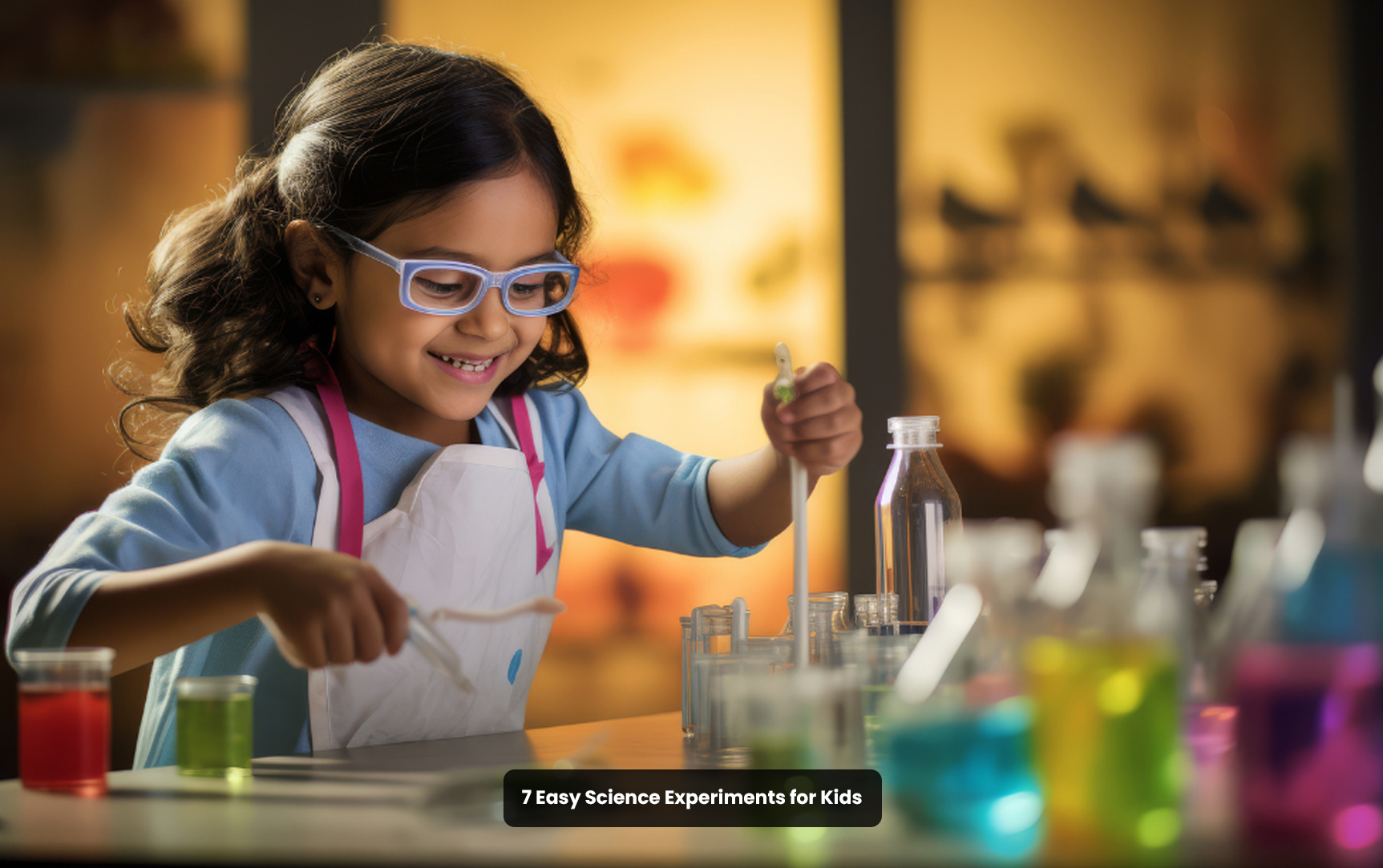
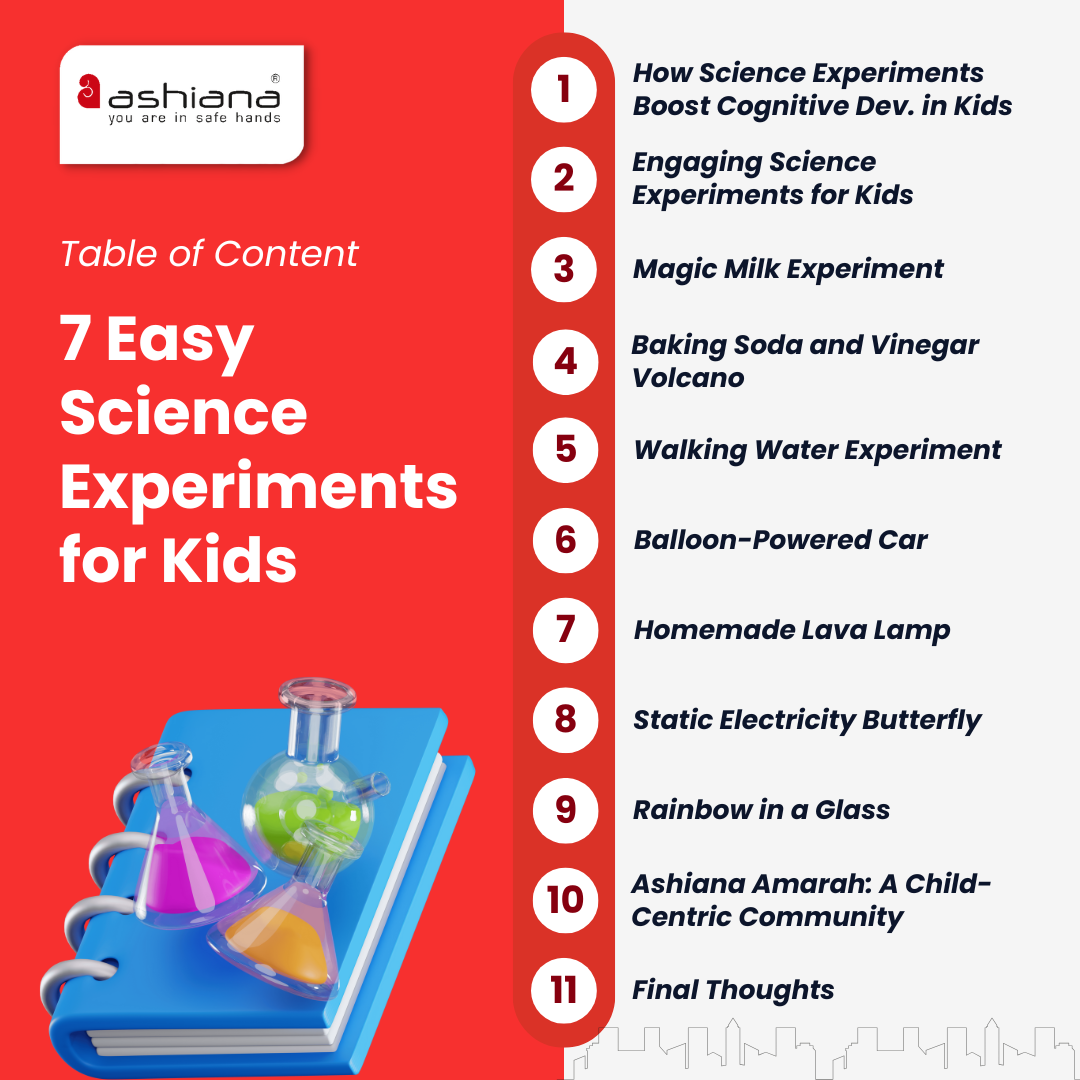
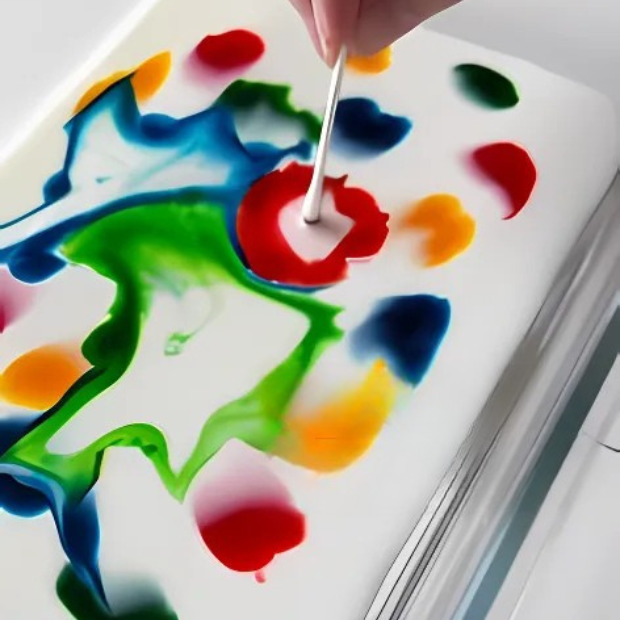 How It Helps Kids: This activity encourages observation skills and introduces basic chemistry concepts in a fun and engaging way.
Science Behind It: The dish soap interacts with the fat molecules in the milk, causing the colors to swirl and create beautiful patterns.
Age Group: Suitable for ages 5-10 with adult supervision.
How It Helps Kids: This activity encourages observation skills and introduces basic chemistry concepts in a fun and engaging way.
Science Behind It: The dish soap interacts with the fat molecules in the milk, causing the colors to swirl and create beautiful patterns.
Age Group: Suitable for ages 5-10 with adult supervision.
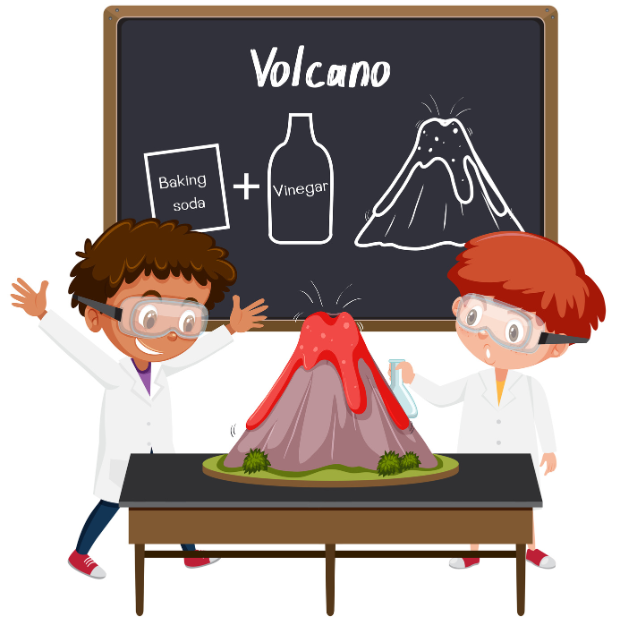 How It Helps Kids: This experiment introduces kids to acids and bases, fostering critical thinking and curiosity about chemical properties.
Science Behind It: The chemical reaction between baking soda and vinegar produces carbon dioxide gas, creating a fizzing eruption.
Age Group: Suitable for ages 6-12 with adult supervision.
How It Helps Kids: This experiment introduces kids to acids and bases, fostering critical thinking and curiosity about chemical properties.
Science Behind It: The chemical reaction between baking soda and vinegar produces carbon dioxide gas, creating a fizzing eruption.
Age Group: Suitable for ages 6-12 with adult supervision.
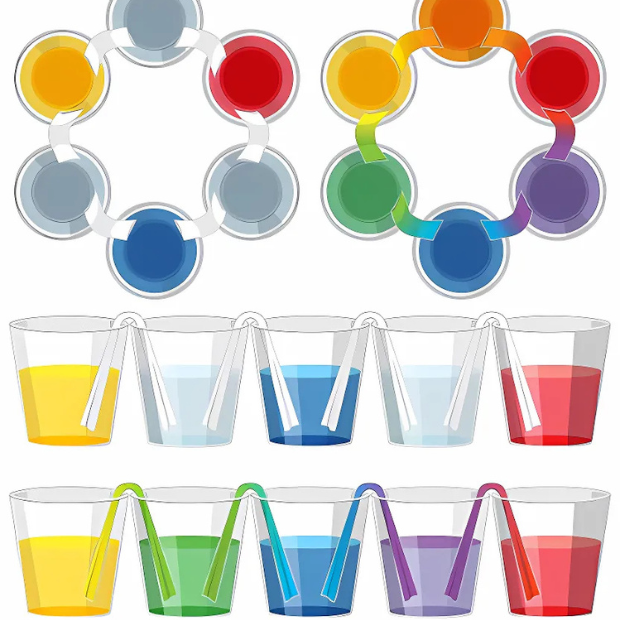 How It Helps Kids: This experiment demonstrates capillary action and helps kids understand how plants absorb water, sparking interest in biology.
Science Behind It: Capillary action allows water to move through the fibers of the paper towel.
Age Group: Suitable for ages 5-12.
How It Helps Kids: This experiment demonstrates capillary action and helps kids understand how plants absorb water, sparking interest in biology.
Science Behind It: Capillary action allows water to move through the fibers of the paper towel.
Age Group: Suitable for ages 5-12.
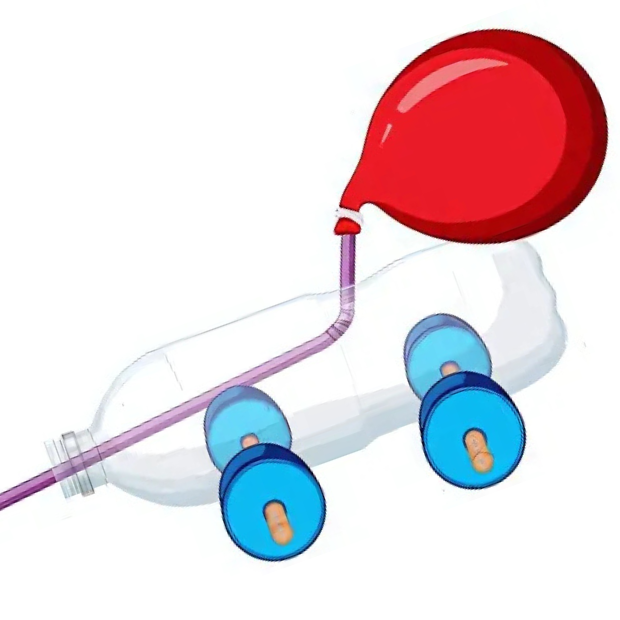 How It Helps Kids: This activity promotes problem-solving skills and introduces the concept of Newton’s third law of motion in a hands-on way.
Science Behind It: Newton’s third law of motion is demonstrated: for every action, there is an equal and opposite reaction.
Age Group: Suitable for ages 7-12 with adult assistance.
How It Helps Kids: This activity promotes problem-solving skills and introduces the concept of Newton’s third law of motion in a hands-on way.
Science Behind It: Newton’s third law of motion is demonstrated: for every action, there is an equal and opposite reaction.
Age Group: Suitable for ages 7-12 with adult assistance.
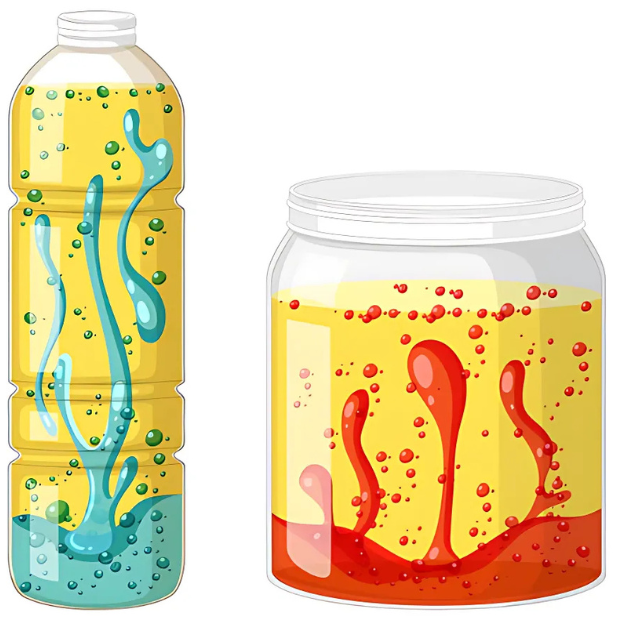 How It Helps Kids: Kids learn about density and the behavior of gases, which encourages analytical thinking and observation.
Science Behind It: The effervescent tablet creates carbon dioxide gas, causing the colored water to move through the oil in a mesmerizing way.
Age Group: Suitable for ages 6-12.
How It Helps Kids: Kids learn about density and the behavior of gases, which encourages analytical thinking and observation.
Science Behind It: The effervescent tablet creates carbon dioxide gas, causing the colored water to move through the oil in a mesmerizing way.
Age Group: Suitable for ages 6-12.
 How It Helps Kids: This activity teaches kids about static electricity and provides a fun way to understand the forces at play.
Science Behind It: The static electricity on the balloon attracts the lightweight tissue paper.
Age Group: Suitable for ages 5-10.
How It Helps Kids: This activity teaches kids about static electricity and provides a fun way to understand the forces at play.
Science Behind It: The static electricity on the balloon attracts the lightweight tissue paper.
Age Group: Suitable for ages 5-10.
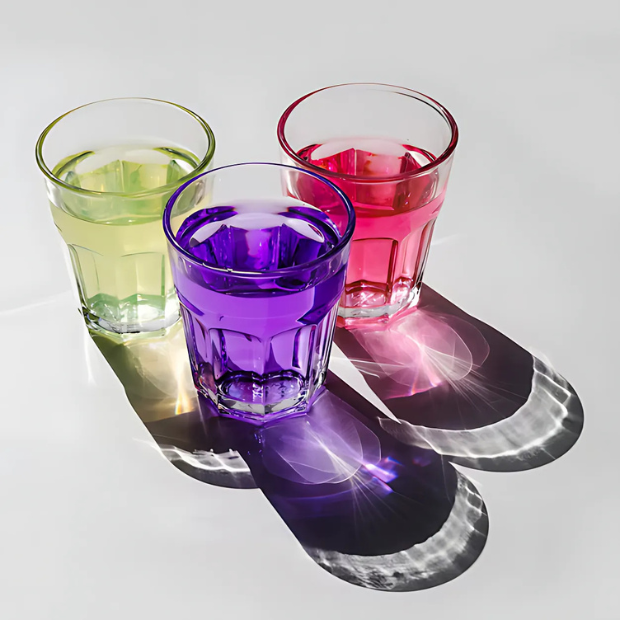 How It Helps Kids: This experiment encourages an understanding of density and how different substances interact, promoting logical reasoning.
Science Behind It: The varying sugar concentrations create different densities, keeping the layers separate.
Age Group: Suitable for ages 8-12.
How It Helps Kids: This experiment encourages an understanding of density and how different substances interact, promoting logical reasoning.
Science Behind It: The varying sugar concentrations create different densities, keeping the layers separate.
Age Group: Suitable for ages 8-12.
There are many simple experiments you can try, like the Magic Milk Experiment, Baking Soda and Vinegar Volcano, and Walking Water Experiment. These activities are fun, safe, and educational, using everyday household items.
Ashiana Amarah in Gurgaon offers a unique ‘Live & Learn’ program that provides structured activities for children, along with facilities like a Learning Hub, sports amenities, and a clubhouse to nurture creativity and growth.
Most experiments are designed for kids aged 5 to 12 years. Younger kids may require adult supervision, while older children can perform many of these experiments independently with some guidance.
Ashiana, Ashiana Housing build homes. Homes surrounded by vast green spaces and fresh breeze. Homes cocooned in secured gated complexes. Homes where futures are forged and there are opportunities to grow. And Homes in environments brimming with healthy activity, trust and respect. At heart, we build communities with care.
Other posts by Ashiana
Join 1000+ of fellow readers. Get expert real estate knowledge straight to your inbox absolutely free. Just enter your email address below.